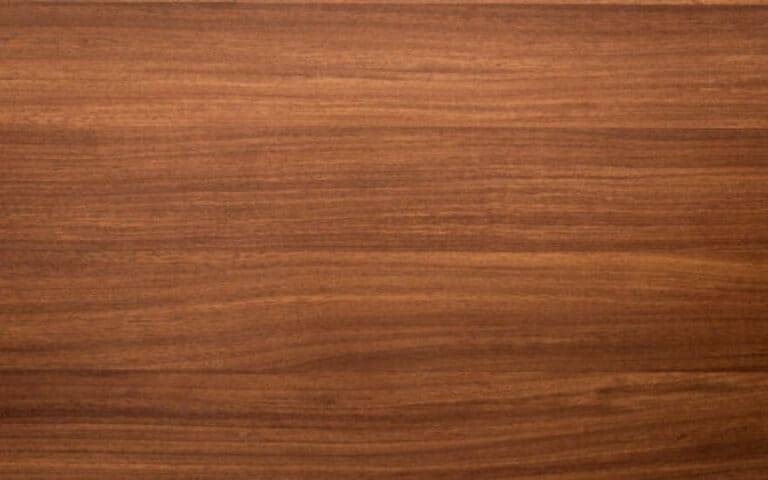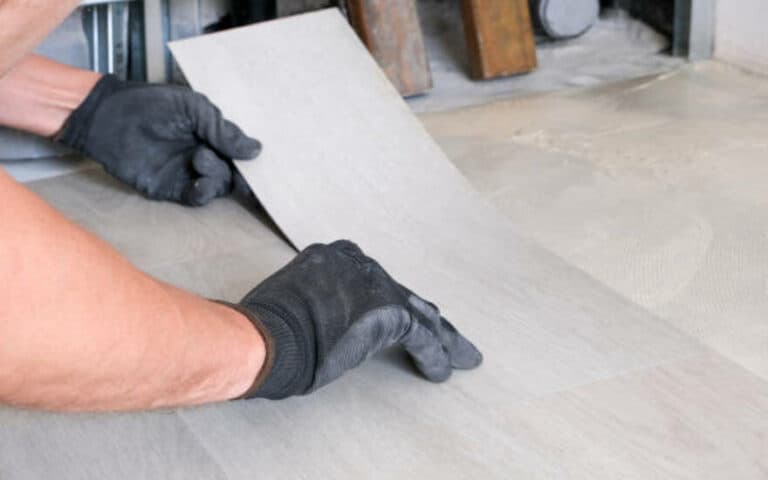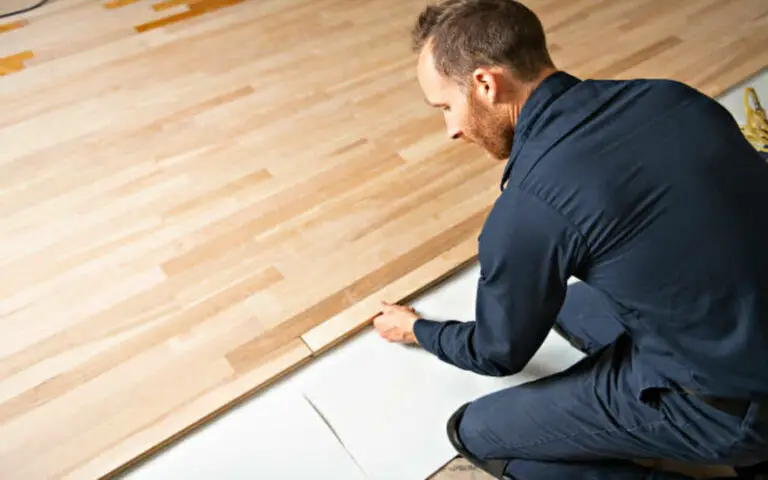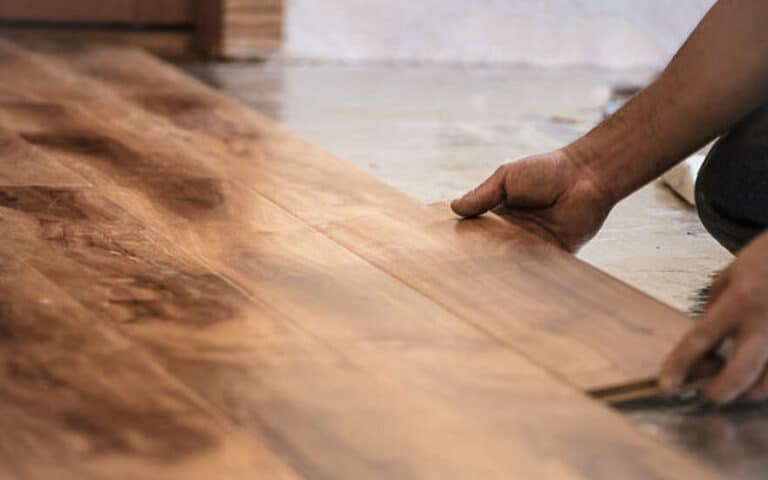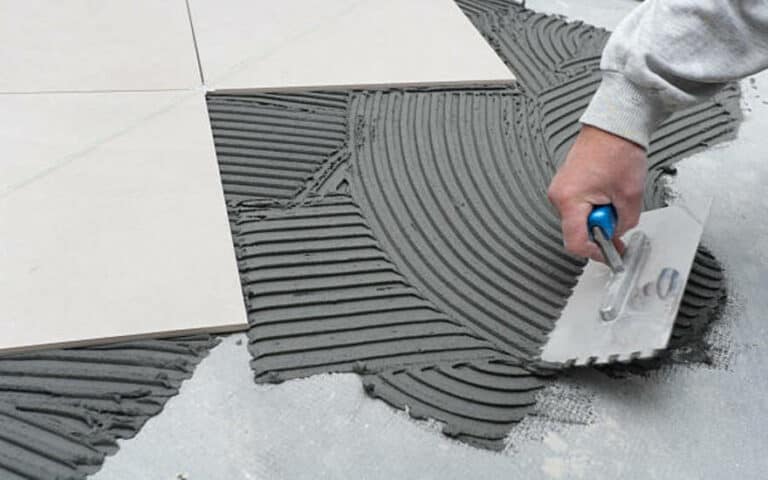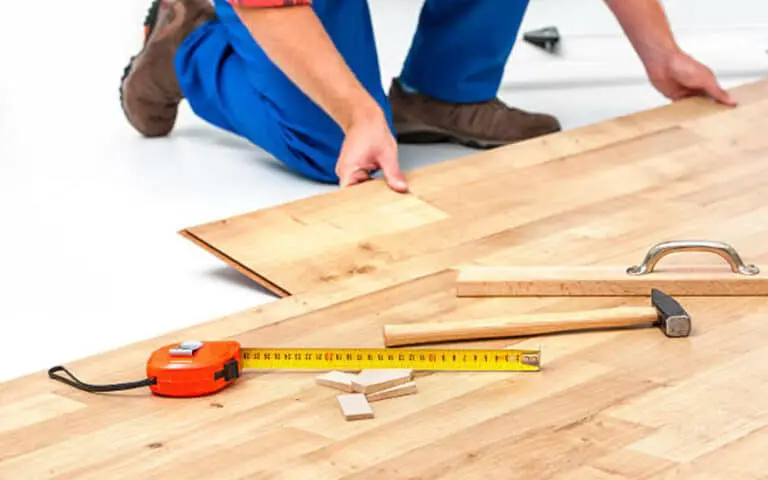Have you ever known Why is There No Drain On the Bathroom Floor? This is a mystery that has puzzled many homeowners. This blog article will explore why gutters on bathroom floors have become increasingly popular in recent years.
Mystery of Drains: Why is There No Drain On the Bathroom Floor
The lack of a drain on the bathroom floor is one of the first things most people notice when entering their bathrooms. While it may seem strange to have a room without a drain, there is a good reason why many homeowners choose to forego installing a drain on the bathroom floor.
This blog article will explore the history of drains in bathroom floors, the pros, and cons of having one, design considerations, popular drainless bathroom floor designs, and maintenance of drainless bathroom floors. We will also answer some of the most commonly asked questions about brainless bathroom floors.
Historical Use of Drains in Bathroom Floors
For centuries, drains have been a staple in bathrooms, and for a good reason. They provide a convenient way for water to escape from the toilet and prevent the buildup of moisture, which can lead to the growth of mold and mildew.
In the past, drains were typically made of metal and were installed directly into the bathroom floor. As bathrooms evolved, the design of gutters changed as well. Today, most channels are made of plastic and come in various shapes and sizes.

The Pros and Cons of Having a Drain in the Bathroom Floor
Having a drain on the bathroom floor has its pros and cons. On the plus side, it provides a convenient way for water to escape and prevent moisture buildup. It can also be used to flush away any debris that may have been left behind after bathing or cleaning.
On the downside, a drain in the bathroom floor can be challenging to clean and accumulate dirt and debris over time. It can also be a base for decay and mildew if not appropriately maintained.
Design Considerations for Drainless Bathroom Floors
When designing a bathroom without a drain, there are a few things to consider. The first is the type of flooring you will be using. Tile, stone, and concrete are all popular choices for drainless bathroom floors, as they can be easily wiped down and are less likely to accumulate dirt and debris.
You will also want to consider the bathroom size and the fixtures’ layout. If there is limited space, you may opt for a smaller sink and shower, as this will help reduce the amount of water that needs to be directed away from the bathroom floor.
Popular Drainless Bathroom Floor Designs
Today, there are a variety of popular drainless bathroom floor designs. One of the most popular is the “wet floor” design, which involves having a sloping floor that authorizes water to empty away from the bathroom. This design is often used in wet rooms and is ideal for people who want a low-maintenance bathroom.
Another popular design is the “tile drains” method, which uses tiles with a specially textured surface that directs water away from the bathroom floor. This is an immaculate alternative for people who want a stylish, modern-looking bathroom floor that is still easy to maintain.
Maintenance of Drainless Bathroom Floors
The maintenance of drainless bathroom floors is relatively straightforward. Regular cleaning is essential to keep the surface free of dirt and debris, as with any foundation. It is also necessary to keep the floor dry at all times, as moisture can lead to the growth of mold and mildew.
When cleaning a brainless bathroom floor, it is essential to use a gentle cleaner that won’t damage the surface. A mild detergent and water are needed to keep the floor looking its best.
Bathroom floor drain flooding
Bathroom floor drain flooding is an issue that can occur in bathrooms with drains, but it is far less likely to occur in drainless bathrooms. This is because there is no standing water for the drain to overflow, and water is directed away from the bathroom floor.
Flooding can still occur if the drain is blocked or clogged, so it is essential to regularly check the drain and ensure it is free of debris. If the drain is blocked, it is best to call a plumber to unclog it, as this can be a difficult task to do yourself.
The Benefits of Drainless Bathroom Floors
There are several benefits to having a brainless bathroom floor. The most obvious is that it is easier to clean and maintain, as there is no standing water to be concerned with. It also provides a more hygienic environment, as there is no standing water for bacteria and mold to grow in.
Another benefit of having a brainless bathroom floor is that it can help to reduce water usage. Water is less likely to be wasted without a drain, as it is directed away from the bathroom floor and into the drain system.
Floor drain vs. Floor trap
A floor drain is different from a floor trap. A floor drain is a type of drain that is installed directly into the bathroom floor and is used to direct water away from the bathroom. A floor trap is a drain installed at the base of a sink or shower that traps debris before entering the drain system.
Install floor drain in bathroom
Where do you put a bathroom floor drain?
A bathroom floor drain is typically installed at the lowest point of the bathroom floor. This ensures water is directed away from the bathroom and into the drain system.
Does a basement bathroom need a floor drain?
A basement bathroom does not necessarily need a floor drain as long as it is equipped with a shower or a sink. If there is no shower or sink, a floor drain may be necessary to direct the water away from the bathroom.
Do floor drains hold water?
No, floor drains are designed to direct water away from the bathroom, not to hold water. If water is stored in the gutter, it is likely to be blocked or clogged.
How far should the floor drain be from the wall?
The length between the foundation drain and the nearest wall should be at least 6 inches. This will help ensure enough room for the water to flow freely and not be blocked by the wall.
Where is the best location to put a shower drain?
The best place to put a shower drain is at the lowest point of the shower floor. This will ensure the water drains away from the shower and into the drain system.
Does the floor drain need a trap?
No, a floor drain does not typically require a trap. However, surprises are often recommended for sinks and showers, as they can help to reduce the amount of debris that enters the drain system.
How to convert a bathtub drain to a shower drain?
Final Verdict
The lack of a drain on the bathroom floor can be a mystery to many homeowners, but there is a good reason why many are opting for drainless bathroom floors. They are easier to clean and maintain, provide a more hygienic environment, and can help to reduce water usage.
Although there are some design considerations, such as the type of flooring and the layout of fixtures, the benefits of having a brainless bathroom floor far outweigh the cons. Hopefully, this blog article has shed some light on why there is no drain on the bathroom floor.
CTA: If you are considering installing a brainless bathroom floor, contact a professional contractor today to learn more about the process and get started on your project!

